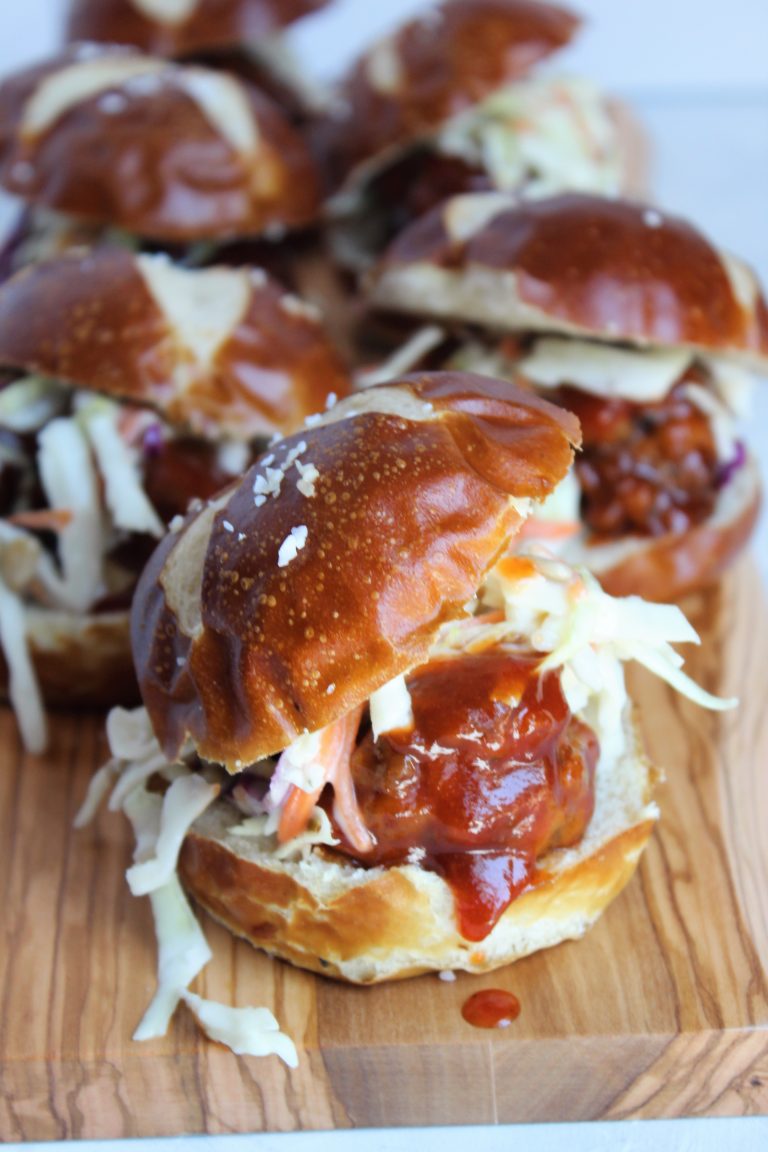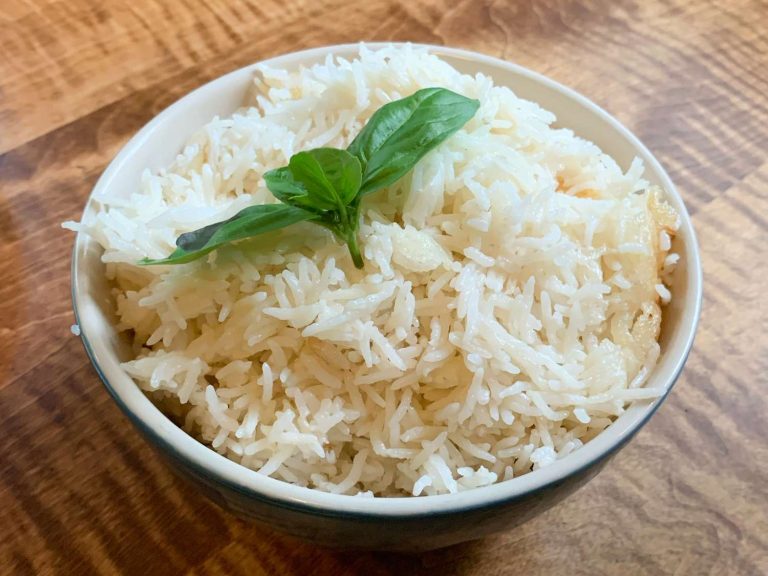Cheese Filling: Enhance Any Dish with These Tips”
Cream cheese based fillings offer a smooth, rich texture perfect for both savory and sweet dishes. These fillings include cream cheese and sugar for sweet recipes like cheesecakes, Danish pastries, and filled cupcakes. Add herbs and spices for savory dishes like stuffed mushrooms or jalapeño poppers. Cream cheese adds a tangy flavor that balances well with other ingredients, making it versatile for various recipes.
Ricotta Cheese Filling
Ricotta cheese filling is light and slightly sweet, ideal for both desserts and savory dishes. Use it in Italian recipes like cannoli, lasagna, and manicotti. Sweeten ricotta with sugar and flavor it with vanilla or lemon zest for pastries and dessert fillings. For savory applications, mix ricotta with spinach, herbs, and spices to stuff pasta shells or use as a layer in vegetable lasagnas. Ricotta’s mild flavor makes it a flexible filling choice.
Cheddar Cheese Fillings
Cheddar cheese fillings provide a bold, savory flavor, perfect for enriching snacks and main dishes. Sharp and aged cheddar varieties intensify the taste. Use cheddar in fillings for items like stuffed pretzels, cheese bread, and jalapeño poppers. Combine cheddar with other ingredients like bacon or chives to create a diverse flavor profile. Cheddar’s meltability and strong taste make it a crowd-pleasing choice for various culinary creations.
Uses of Cheese Filling in Culinary Arts
Baked Goods and Pastries
Cheese fillings enhance the flavor and texture of baked goods and pastries. Cream cheese fillings add richness to cheesecakes, Danish pastries, and muffins. Ricotta cheese fillings suit Italian pastries like cannoli and sfogliatelle, offering lightness and a slightly sweet profile. Incorporating cheddar cheese fillers into scones and savory bread provides a sharp, tangy contrast.
Stuffed Meats and Pasta Dishes
Cheese fillings elevate stuffed meats and pasta dishes by adding depth and creaminess. You find ricotta and spinach mixtures in stuffed shells, lasagna, or manicotti. Mozzarella or provolone cheese offers a stretchy texture in stuffed chicken breasts or meatballs. Incorporating blue cheese or feta in beef or pork roulades creates a bold, savory experience.
Innovative Dishes
Innovative culinary creations often feature cheese fillings designed for unique flavor combinations. Cheese-stuffed peppers and mushrooms make excellent appetizers, combining soft cheese textures with a crunchy bite. Using goat cheese or brie in fig-and-cheese-filled pastries introduces a sweet, tangy twist. Experimenting with various cheese fillings in fusion dishes, like Mexican-inspired cheese-stuffed tortillas or Indian paneer-stuffed naan, showcases the versatility of cheese in modern cuisine.
Benefits of Using Cheese Filling
Nutritional Value
Cheese fillings offer significant nutritional benefits, adding essential nutrients to your dishes. They’re rich in protein, providing the necessary amino acids for muscle repair and growth. Calcium, vital for bone health, is abundantly present in cheese fillings like ricotta and cheddar. Cheese fillings also contain vitamins A, D, and B12, supporting vision, immune function, and red blood cell production. They’re a good source of healthy fats, contributing to satiety and flavor. If you’re seeking to increase your dairy intake, incorporating cheese fillings can help meet dietary needs.
Versatility in Recipes
Cheese fillings enhance a wide range of recipes, making them a versatile ingredient in your kitchen. You can use them in both savory and sweet dishes, from desserts like cheesecakes and pastries to main courses like stuffed meats and pasta. Cream cheese fillings can create rich frostings for cakes, while cheddar cheese fillings add a delightful sharpness to scones and biscuits. You can explore global cuisines by using ricotta in Italian pastries or paneer in Indian bread. Their ability to blend seamlessly with various ingredients ensures that you’ll find a cheese filling suitable for any culinary creation.
Choosing the Right Cheese for Your Filling
Factors to Consider
When selecting cheese for your filling, consider several key factors. Texture plays a significant role; softer cheeses like cream cheese or ricotta work best for smooth fillings, while firmer cheeses like cheddar or gouda suit chunkier mixtures. The cheese’s flavor profile affects the overall dish; mild cheeses like mozzarella blend well, whereas strong cheeses like blue cheese offer bold tastes. Think about the meltability of the cheese, as some cheeses like provolone and gruyere melt seamlessly, enhancing the dish’s creaminess. Lastly, the moisture content determines how the cheese incorporates with other ingredients. High-moisture cheeses like feta are ideal for moist fillings, while low-moisture options like parmesan provide a drier texture.
Recommendations for Different Cuisines
Different cuisines benefit from specific cheese types. For Italian dishes, consider using ricotta or mozzarella; they provide the creamy consistency and mild flavor typical in lasagna and stuffed shells. In Mexican cuisine, opt for queso fresco or cotija to add authenticity and enhance traditional recipes like tacos and enchiladas. French cuisine often employs cheeses like brie or camembert, elevating quiche and savory tarts. For American dishes, cheddar and cream cheese are popular, improving classics like mac ‘n cheese and baked potatoes. In Indian cuisine, paneer offers a firm texture and mild flavor, making it perfect for stuffed naans and paneer-filled parathas.
Conclusion
Cheese fillings offer a world of culinary possibilities, elevating both savory and sweet dishes with their rich flavors and textures. Whether you’re crafting a decadent cheesecake or a savory stuffed pasta, the right cheese can make all the difference. By considering factors like texture, flavor, and meltability, you can choose the perfect cheese to complement your dish.
From ricotta in Italian cuisine to paneer in Indian dishes, each cheese brings its unique qualities to the table. So, next time you’re in the kitchen, don’t hesitate to experiment with different cheese fillings to create mouthwatering meals that impress every palate.





